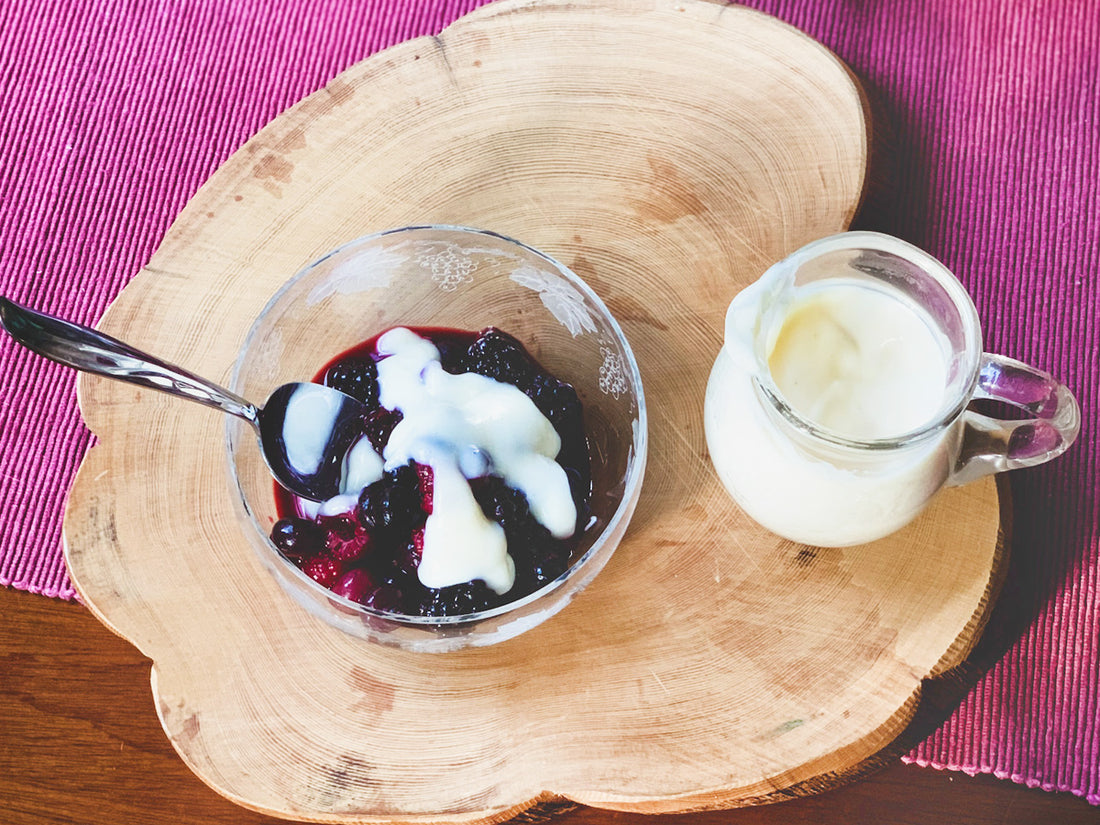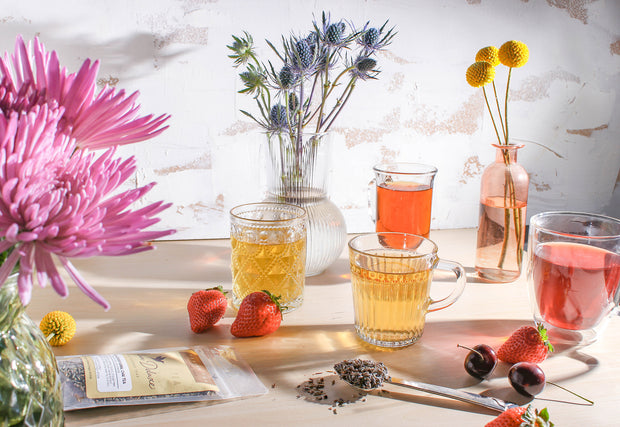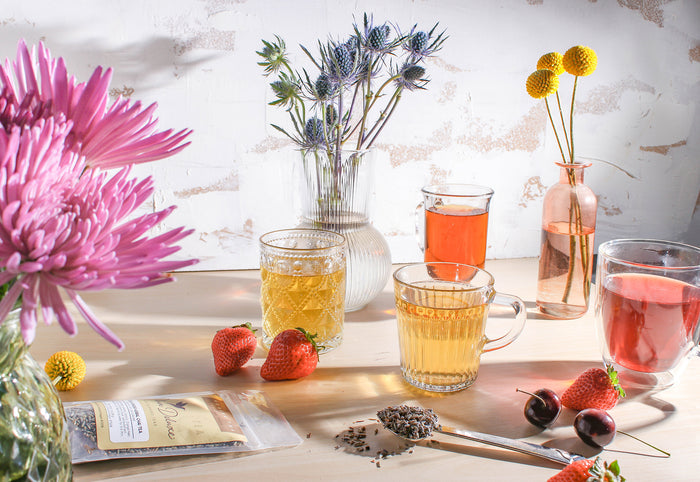
In America, custard generally refers to a baked dessert made from eggs, milk, sugar, and nutmeg with a thick consistency. This is not what custard refers to in England and Australia. English custard is thinner and used as a pouring sauce over other desserts. It does share the same ingredients of egg, milk, and sugar.
Making an English Custard Recipe
Don’t be intimidated about making your own custard. If you can warm milk in a pan, you can make this English custard recipe! While custard powder is available in some places, it can’t hold a candle to the real thing. If you’re still a bit nervous, we’ve included a handy "custard troubleshooting" section below.
This English custard recipe uses vanilla as a flavoring agent. I recommend using real vanilla pods or paste if you can; vanilla extract cannot compare to the real thing.
Don't have vanilla on hand? Consider flavoring your custard with cinnamon, cloves, nutmeg, or even a sliver of lemon rind. Allow these ingredients to infuse your custard as it cooks for a subtle (and tasty) change.
Adapt this English custard recipe to make an English brandy custard for those looking for a boozy twist on the classic. Just stir brandy throughout the completed and cooled custard.

Serving English Custard
Enjoy your English custard either hot or cold. It’s a delicious accompaniment to fruit pies, tarts, or even a bowl full of berries. In Australia, we often make British custard to pour over Christmas fruit pudding.
For an easy dessert that looks impressive, layer berries and custard in a tall glass. The pale custard will contrast against the bright berries – a treat that delights the eyes and the tastebuds!
Serve alongside a pitcher of our Custard Apple herbal tea for a simple, calming blend. It's beautiful hot or cold, but for our dessert consider making it into an iced tea.
If you enjoy custard, why not try a Tea-Infused Coconut Custard? This is a delicious, fuss-free dessert that’s sure to please! Set in the fridge, this is a lovely, cool custard to enjoy on a warmer evening.

Custard Troubleshooting
My custard isn’t thickening! If your mixture is still as liquid as when the milk went in the pan, adjust your temperature. You may be erring on the side of caution and have your stovetop heat too low. The eggs and cornstarch have an enzyme reaction when combined and brought to heat; it may be that the mixture needs to be a little warmer for this to begin occurring. Turn up the gas and continue to whisk, it shouldn’t be long now!
If you’re still having issues with the custard thickening, try adding a little more corn flour. Around a teaspoon extra should be plenty. Ensure you are continuing to whisk the mixture as it cooks.
My custard is too thick! If your custard has thickened too far, whisk in a little extra milk to return it to a more sauce-like consistency.
My custard has lumps! Be mindful of not overheating your mixture. Do not allow it to boil. If you do so, the eggs may overcook or the milk may curdle, resulting in lumpy custard. If you see lumps forming, cool your custard down fast by putting a few ice cubes in the mix and then pulsing in a blender. It may sound strange, but it works! Once you’ve done this, return the mixture to a clean pan on the stovetop and resume cooking. Lack of whisking also contributes to your custard becoming lumpy. Whisking as your mixture heats and thickens is an important step to ensure a smooth custard.
Now you’re fully equipped to go forth and make custard!

Berries and English Custard Recipe
Ingredients:
- 2 and 1/4 cups milk
- 1 cut vanilla pod (or 1 tablespoon vanilla paste)
- 3 tablespoons corn flour
- 3 eggs
- 2/3 cup of sugar
Directions:
In a pan on the stovetop, heat vanilla and milk until nearly boiling. Once heated, turn off and allow to sit for 15 minutes.
In a bowl, whisk corn flour with a little milk from your pan. Add eggs and sugar. Whisk the mixture until well combined and sugar is dissolved.
Reheat your milk. Once heated again, strain and pour into the bowl with egg, corn flour and sugar mixture. Whisk together until ingredients have combined.
Using a clean pan, return mixture to the stovetop. Whisk well until custard simmers and begins to thicken. This is usually around 2 minutes after small bubbles begin to appear on the mixture’s surface.
Pour over fresh berries or the dessert of your choice and enjoy!

![Spring Break Tea Variety Pack [6-Pack Variety of Flavors]](http://www.plumdeluxe.com/cdn/shop/files/spring-break-pack.jpg?v=1740682266&width=165)















